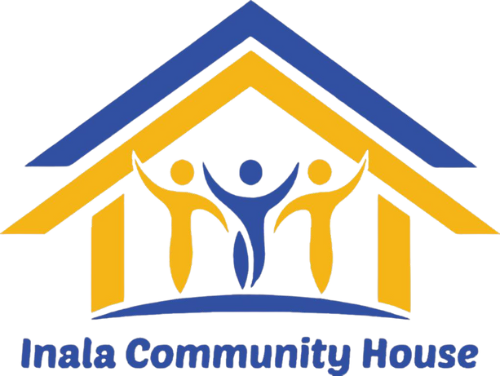CHAA in Action
The journey for CHAA has been based on the incredible work of many, including Incite! Women of Color Against Violence is a USA-based activist movement to end violence against women of colour and their communities in 2000. At that time, over a thousand people, most from communities of colour, gathered at the first Color of Violence Conference in Santa Cruz to seek new, alternative responses to violence – a response that turns towards communities and away from policing and prisons to address interpersonal violence. Mini Kim and others moved forward with the Creative Interventions Toolkit, ideas which form much of the CHAA. Furthermore, we are using The Community Engagement Continuum: Outreach, Mobilisation, Organising and Accountability to Address Violence against Women in the Asian and Pacific Islander Communities developed by Mimi Kim in 2015.
We’re also informed by the work of the Family Peace-Building project with cultural communities in Brisbane and vast local experience and research in Australia.
How the CHAA journey takes shape will be developed through co-design in our communities and look a little different depending on our community’s needs. The basic model is made up of a core group, HUB, Anchor PODs and facilitators/peace builders.
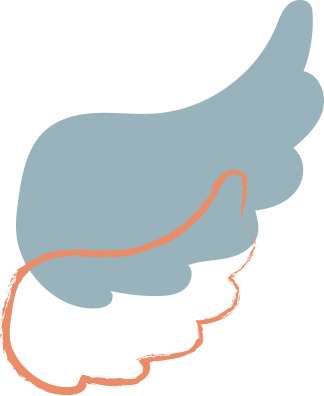
INITIAL CORE GROUP
ICH and Family Peace Building who came together in partnership to try something new to end violence in our communities
HUB
A diverse group of people operating as a collectivist group, experienced around family violence and sexual assault, working together providing stewardship, sharing resources and supporting small community groups (PODS) to support the safety, healing and transformation of survivors.
The HUB collectively co-designs CHAA’s processes, training and resources. HUB members can be individual or organisational-based. The HUB is coordinated by the Anchor and will come together regularly to learn together and identify resources to support the PODS.
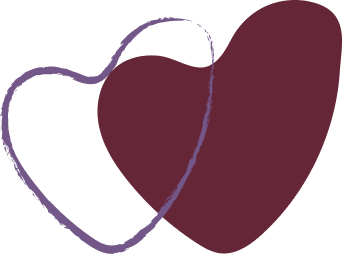
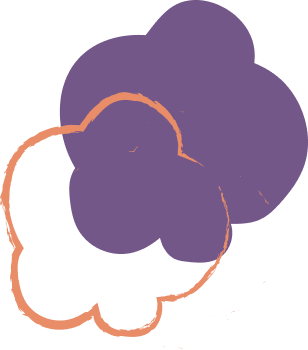
PODS
PODS are groups of people who come together in our communities for creative, social and recreational purposes.
Typically, a POD has a facilitator or leader, whether this be a paid position or an informal role that a person/s takes on.
The facilitator is recognised as the POD facilitator/ peace builder. PODS will be enabled to support a survivor who emerges with a need from within their POD or becomes known to the POD.
The POD facilitator/ peace builder will elevate the survivor’s voice to be heard and coordinate the efforts of the POD (and others from the HUB, community or services) to provide the requested support in a way that is safe for all.
The POD facilitator/peace builder is also a conduit between the HUB, ANCHOR and PODS for support relating to survivors’ needs.
ANCHOR
The role provides direction and helps steer the initiative, drawing on their knowledge of international models of transformative justice and extensive experience working in DFV.
The Anchor is a primary point of contact for the POD facilitator/peace builder and the HUB.
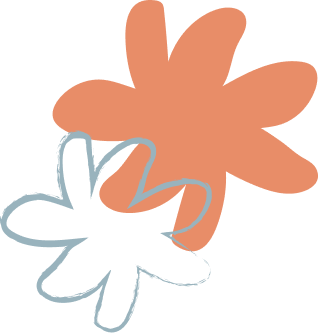
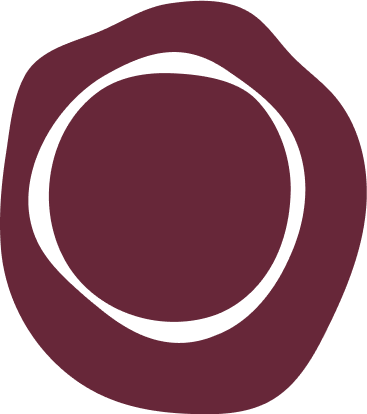
PEOPLE USING VIOLENCE
CHAA seeks to work with PUV to both hold them accountable for the harm they cause and to scaffold them on a journey of change. Behavioural change is best supported in the community over an extended period of time. Where it is safe to do so, the work of engaging with the PUV will be led by the survivor, recognising that the survivor will likely know better than us what is safe and unsafe when it comes to engagement with the PUV. The Anchor and HUB will provide support and coaching to people who have been identified and are willing to support the PUV.
UTOPIA
When we have survivors or POD members who become peace builders/ facilitators of new PODS and HUB members who reach into new communities, new PODS. Our long-term goal is to have a decentralised federation of communities who come together to discuss ways in which they are doing this work. An ever-expanding network of communities responding, preventing and eventually ending DFV and sexual assault.
The Anchor is a primary point of contact for the POD facilitator/peace builder and the HUB.
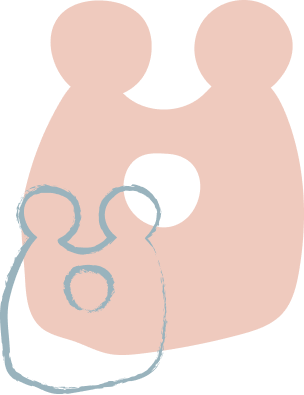
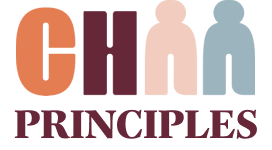
We all have a role to play. There are many roles we can play, direct or indirect.
We are led by survivors’ voices/wishes/views
Collective Respect and Responsibility
Work cooperatively and creatively alongside established systems, but call out failings and push for change when needed
